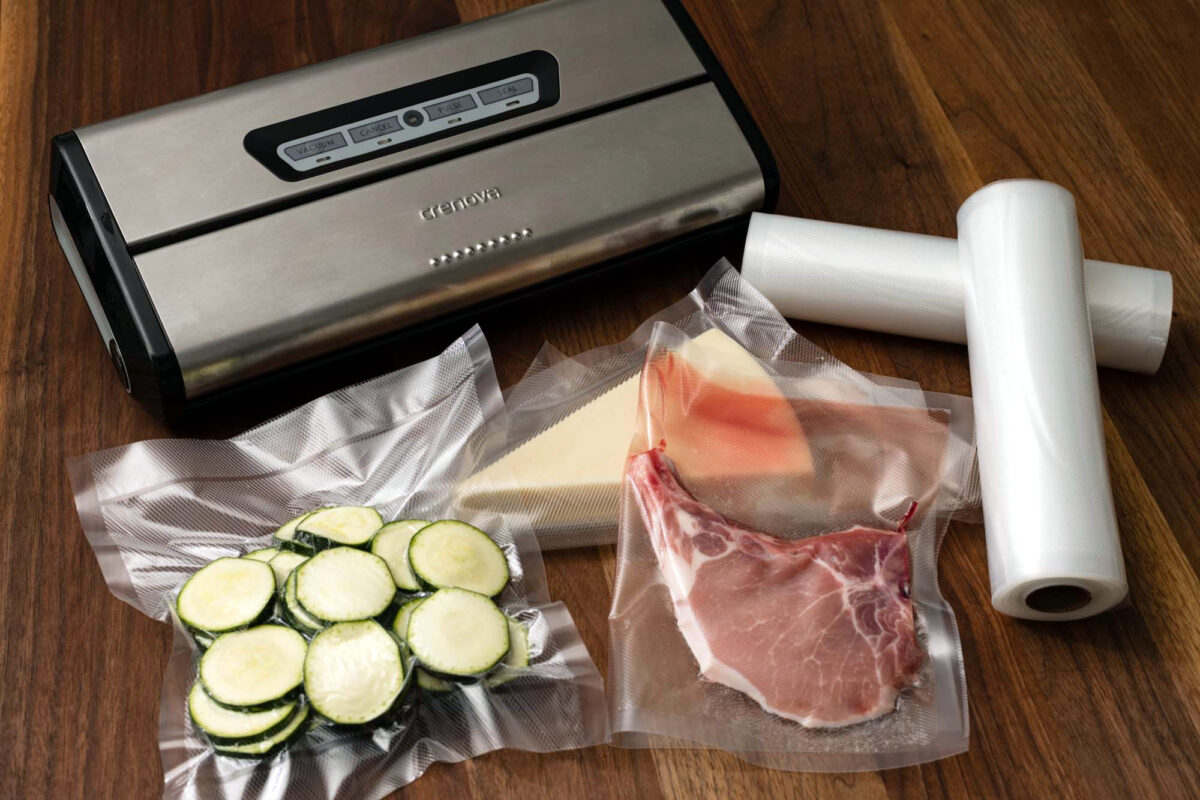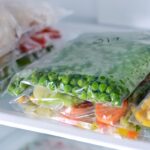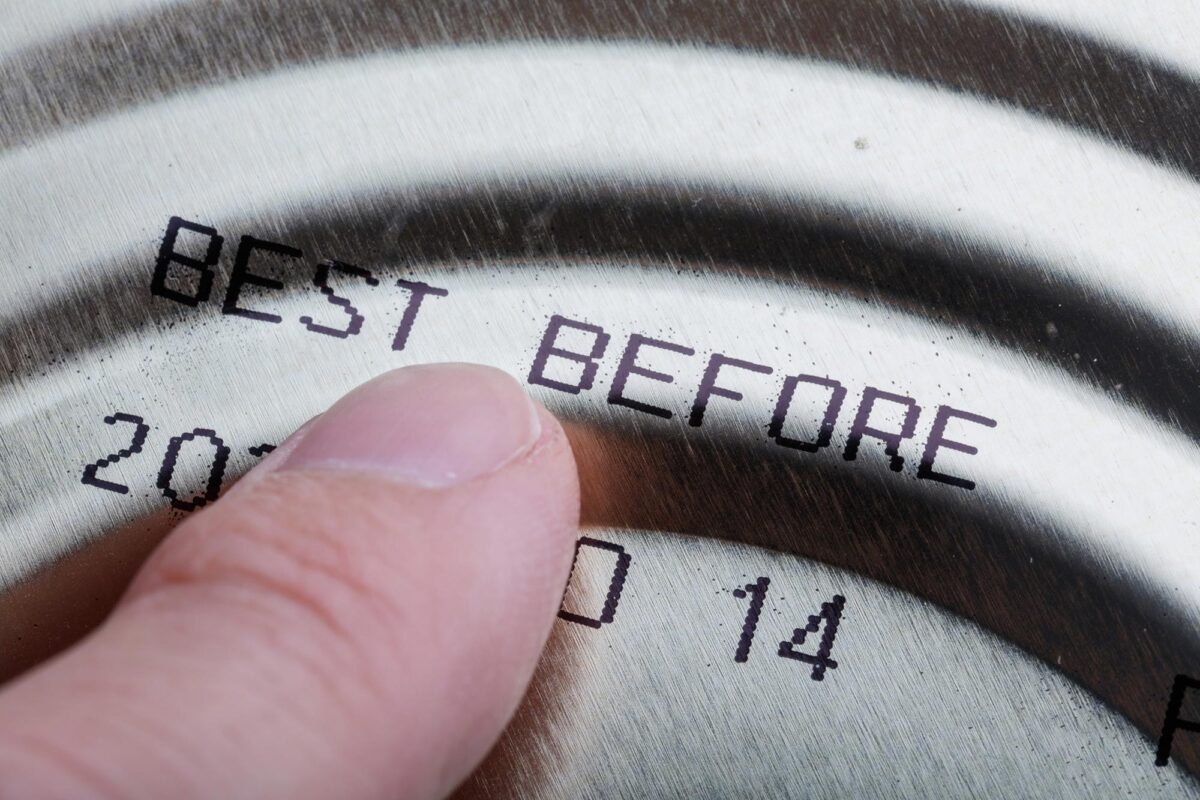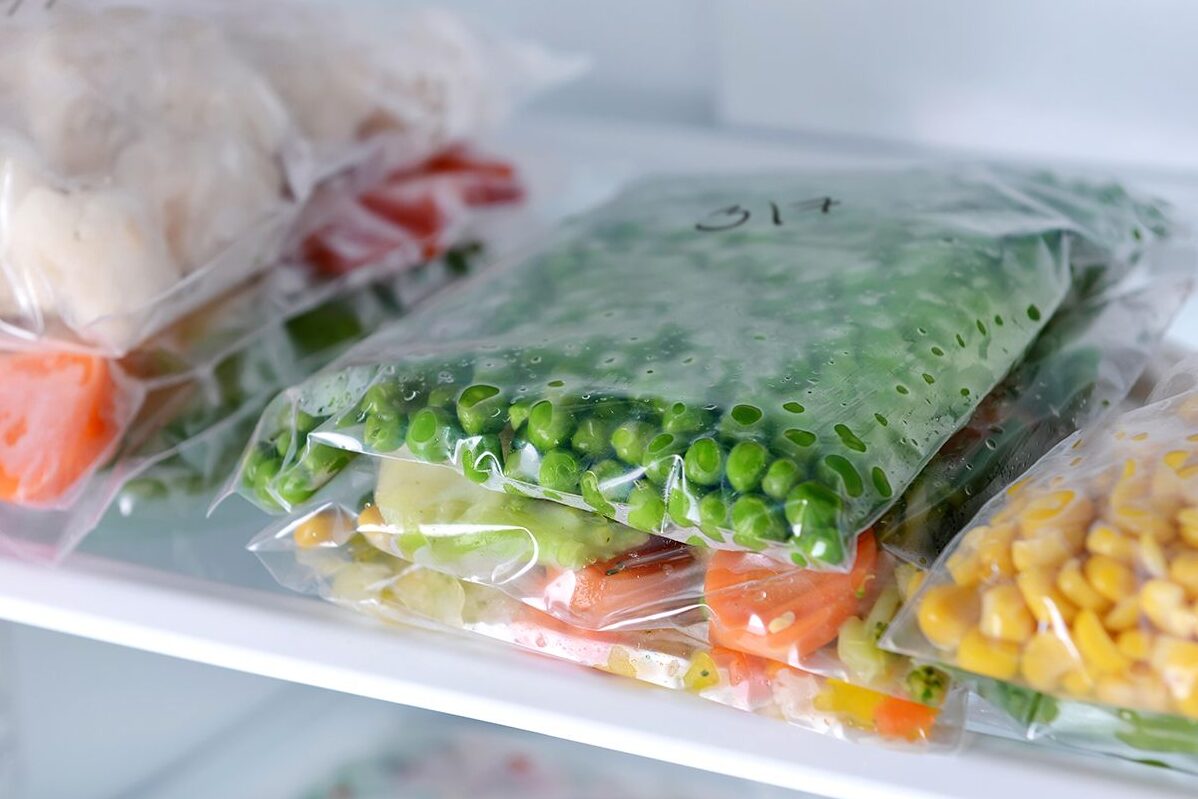Proper packaging is one of the effective ways to prevent food waste. One of its types is vacuum packaging. Vacuum packaging is an old technique that up until now is still useful when it comes to preventing food spoilage.
This type of packaging can prevent the growth of microorganisms because air is being removed prior to sealing. Aside from that, this has also other advantages such as improving heat transfer, reducing volume, and improving the inability to bent out flexible packages. Although this may be the case, adequate precautions are needed especially for frozen vacuum-packed food as moisture builds up when carelessly defrosted.
Additionally, a particular bacteria can contaminate food without a change to its taste, look, and smell like it was uncontaminated. This bacteria is called non-proteolytic Clostridium botulinum (Cl. botulinum). They can grow in the absence of oxygen.
Keep the following into account when vacuum packing food:
- All vacuum-packed food must be labeled and dated clearly;
- Vacuum packing requires special equipment which ensures that the procedure is done properly;
- Wash your hands before, during, and after the process;
- Do not touch the food with bare hands. If possible, use disposable gloves;
- Keep your utensils, and surroundings clean;
- Lastly, all food that requires freezing must be placed inside the refrigerator even if it is vacuum-packed.
What food packaging works for you? Share your thoughts, and let’s build a community.





